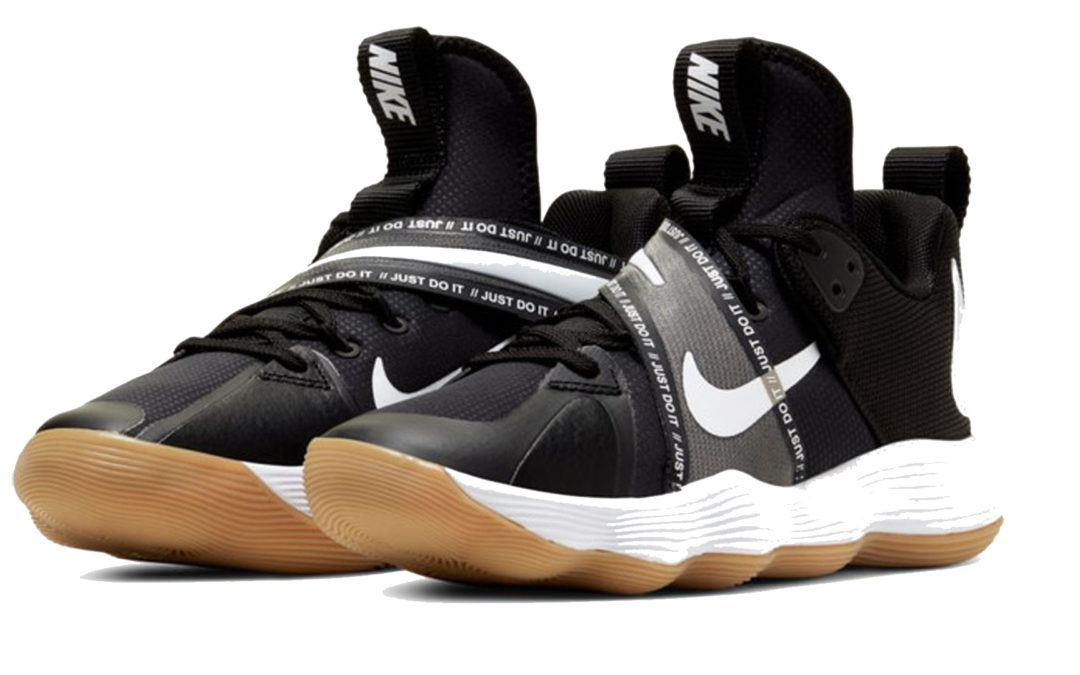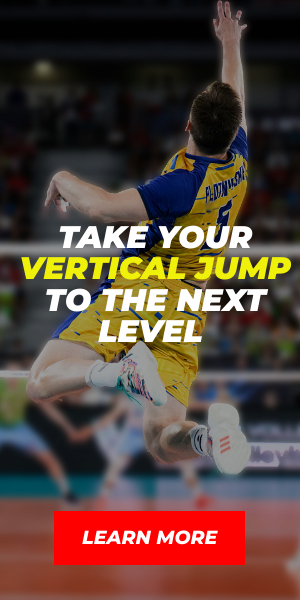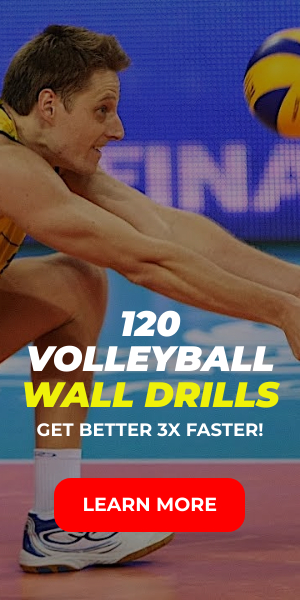People often ask me whether you need special shoes for volleyball or if regular court/tennis shoes are
adequate.
The answer is, in almost all cases, if you’re playing the game more than just 1-2 times a month recreationally, then yes you will definitely need volleyball shoes!
In this article I’m going to explain exactly what’s so special about volleyball shoes, what makes them different from other types of court shoes, and why exactly you need to invest in a pair.
Let’s begin!
Why Volleyball Shoes Need To Be Unique
Volleyball is a very unique sport with a very unique set of physical requirements. Virtually no other sports played on a hardwood court have anywhere near as much jumping involved as we see in the sport of volleyball.
Volleyball shoes are specially designed for the sport, enhancing player performance. In the same way, casino reviews help players make informed decisions about where to play and which platforms offer the best experiences.
Everytime you spike a ball, it should be pretty close to a maximum vertical jump attempt. And every time you go up to block it’s more of the same. As a former international level middle blocker, I’d be jumping hundreds of times every game!
Not in basketball, badminton, squash, or handball do we see anywhere near the same amount of jump volume taking place, which is where volleyball separates itself from other court sports.
Because of the huge amount of jumping in our sport, volleyball shoes need to be capable of enabling maximum vertical performance but also need to help protect our joints from the large volume of jumping.
There also needs to be considerable variation between the types of shoes different volleyball players wear. A libero should not be wearing the same shoes as a middle blocker, for obvious reasons.
Special Characteristics Of Volleyball Shoes
The first thing you’ll notice about the best volleyball shoes is that they tend to have thicker midsoles compared to non volleyball specific shoes.
Thicker midsoles means better cushioning. Better cushioning means two things: improved bounce/springiness which allows you to jump your highest, but more importantly it means adequate impact protection or shock absorption.
Volleyball tournaments can be long, arduous days often lasting 10+ hours…
If you’re playing (i.e. jumping) for 10+ hours in shoes that don’t have solid impact protection, your joints are going to start aching and you risk damaging your knees and developing or exacerbating patella tendonitis.
For spikers, I recommend seeking out shoes with a mid top design as they tend to offer slightly more ankle support than regular low tops.
The difference may only be tiny, but even if there’s 1% increase in ankle support, when you’re doing hundreds or thousands of jumps each week, every little thing you can do to prevent an ankle sprain is really important.
Another characteristic of great volleyball shoes is the need for exceptional traction, meaning they have good bite on the court.
This is often a function of how dirty the court is, but certain shoes do have significantly better traction than others, even on dustier courts.
Back Court Shoes Vs Front Court
Liberos and setters who operate primarily from the back court don’t need shoes with such extensive midsole tech in them. In fact, it’s will often work against them.
Since a libero doesn’t do any jumping, they can trade out the super thick midsole for a shoe that is lighter, way more responsive, and does a better job on those small, quick lateral movements.
Luckily for back court players, many budget shoes such as Adidas Harden Stepback 3, Nike Giannis Immortality, or even the Asics Gel-Rocket 10s fit this description.
The vast majority of the price of a volleyball shoe is determined by how much tech is packed into the midsole, so since back court players are often happy to forego the advanced midsole, they can usually save a lot more money on volleyball shoes.
Back court players also tend to prefer lower to the ground shoes that make them feel more connected to the court.
It’s very difficult to achieve this low down feeling with a ton of cushioning packed into the midsole, which is why I recommend liberos and some setters avoid certain shoes like the Asics Sky Elite FFs (as shown above).
Liberos and back court setters (i.e. anyone not doing a ton of jumping) can also forego the mid top designs if they like, since they don’t need anywhere near as much ankle support.
It’s very difficult to bust an ankle just by moving laterally while defending – almost all of the ankle injuries we see in volleyball come from spiking and blocking.
Many Popular ‘Volleyball Shoes’ Aren’t Actually Volleyball Shoes!
It constantly amazes me how many volleyballers buy regular court shoes thinking they’re approriate for volleyball.
Shoes like the Asics Upcourt range and even the Asics Gel-Rockets were designed for ‘court sports’ such as netball, handball, badminton, etc.
But not volleyball!
These shoes simply don’t have adequate cushioning in the midsole to cater to the massive amount of jump volume volleyball athletes go through.
Make sure you do your research when shopping for volleyball shoes and get something that is specific to the needs of the game of volleyball.
Volleyball Shoes Are Becoming Much More Like Basketball Shoes
Unlike typical court shoes, basketball shoes actually do the best job when it comes to providing the support volleyball players need.
That’s why we’re seeing volleyball shoes gradually start looking a lot more like basketball shoes…
Nike’s most popular volleyball shoe ever, the React Hyperset, is almost an exact replica of the earlier Nike Hyperdunk (one of their most popular basketball shoes).
Sure the upper is a little different, but everything that actually matters, from the midsole down, is identical!
I personally welcome this gravitation towards the basketball shoe style as these kicks tend to offer a lot more when it comes to midsole technology and cushioning.
I’ve personally been wearing basketball shoes for volleyball for years and many of the elite volleyballers I know do the same.
Do Volleyball Shoes Really Make A Difference?
Investing a couple hundred bucks into a solid pair of volleyball shoes is, in my opinion, an absolute no
brainer.
Unless you’re only playing very occasionally for fun, your joints will thank you.
Typical court shoes (or regular tennis shoes, heaven forbid running shoes) are simply not cut out to handle the amount of jump volume volleyballers do throughout a season.
Playing in the wrong shoes will not only reduce your performance, but will likely lead to some sort of injury.
So yes, volleyball shoes really do make a difference!







